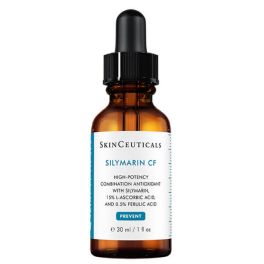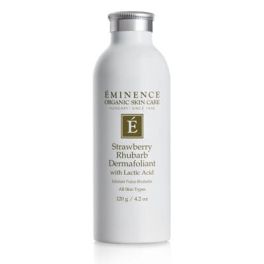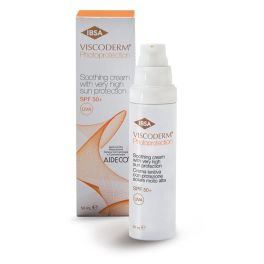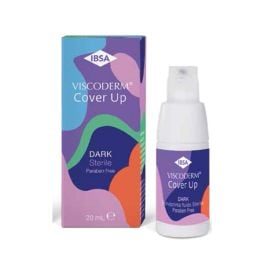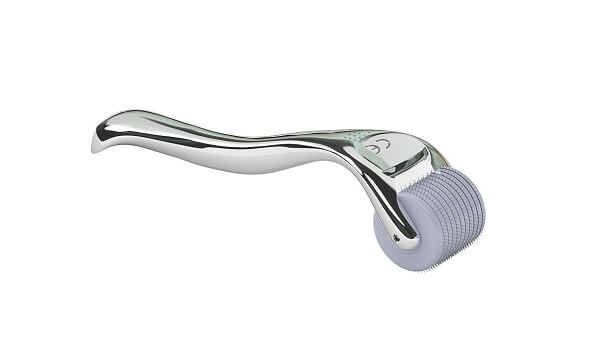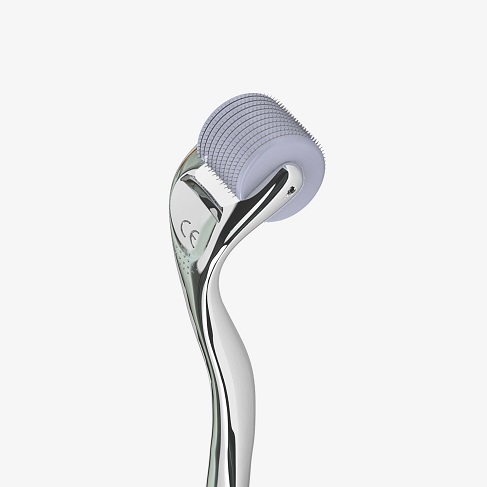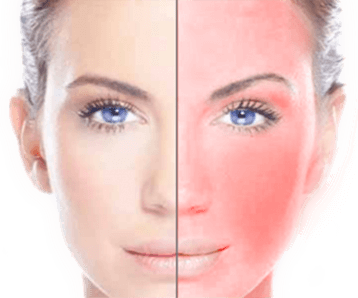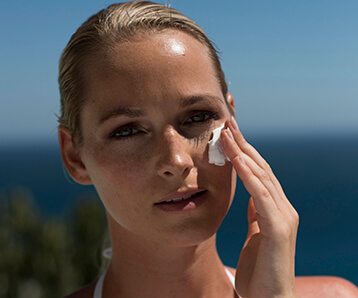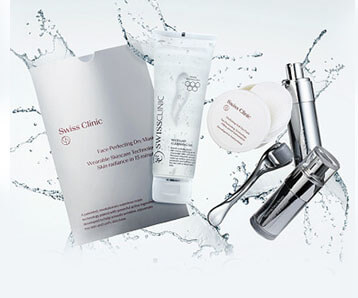Microneedling 101 Posted on 5 Jan 2016
What Is Microneedling?
Microneedle therapy (also referred to as Skin Needling or Collagen Induction Therapy (CIT) is one the easiest and most effective skin treatments available and is a process which can be carried out clinically or in the home. Skin Needling or Micro-Needling is a form of Collagen Induction Therapy which is intended to significantly improve the appearance of acne scars, aged and sun-damaged skin, facial and décolleté lines, wrinkles and stretch marks. It is also said to be useful in dramatically increasing absorption of topically applied skin preparations.
How does microneedling work?
The concept of skin needling is based on the skin’s natural ability to repair itself whenever it encounters physical damage such as cuts, burns and other abrasions. Immediately after an injury occurs to the skin our body reuses the damaged collagen and elastin fibres as well as other damaged skin components to produce new ones. Skin needling allows for controlled induction of the skin’s self-repair mechanism by creating micro “injuries” in the skin which triggers new collagen synthesis, yet does not pose the risk of permanent scarring. The result is smoother, firmer and younger-looking skin.
How is microneedling treatment administered?
Skin needling procedures are performed by a professionally trained medical practitioner with the use of the sterile Dermaroller/ Dermastamp in a clinic or salon. The procedure is normally completed within 30-45 minutes depending on the required treatment and anatomical site. Before the procedure commences a topical anaesthetic cream is applied to the client’s skin to ensure their comfort and a painless experience. After the skin is numbed, the practitioner gently rolls or presses the Dermaroller/ Dermastamp over the client’s skin to puncture the outermost layers of the skin and create tiny sub-cutaneous injuries. These microscopic wounds stimulate new collagen deposition which may last for up to a year, yet they close within less than an hour causing no bruising or injury.
What happens post-treatment?
After the procedure, the client's skin will be red and flushed in appearance in a similar way to moderate sunburn. The client will also experience skin tightness and mild sensitivity to touch on the area being treated. This will diminish greatly after a few hours following treatments and within the next 24 hours, the skin will be completely healed. After 3 days there is barely any evidence that the procedure has taken place.
How quickly are results visible?
Visible results of skin rejuvenation are seen after just 6-8 weeks following procedure and continue over the following months for up to a year. A course of three skin needling sessions, at 6-8 week intervals, is usually recommended to achieve optimum results; however great skin improvement is noticeable after just one treatment. Clients are also encouraged to use the Home use Dermaroller/ Dermastamp model on a daily basis in between their skin needling sessions to enhance procedure results.
Is microneedling safe?
Skin needling does not involve injections and therefore allergic reactions and side-effects are unlikely. It is minimally invasive, involves minimal downtime (max. 24hrs), rapid healing and requires simple after-care. Clinical skin needling is minimally invasive and normally no blood is drawn, however, small amounts of pinpoint bleeding in clients with thin skin may occur and should be considered as normal.
Can microneedling be carried out on Asian skin?
Skin needling can be safely performed on all skin colours and types. There is no risk of post-inflammatory hyperpigmentation as the melanocytes remain intact, like the epidermis, during skin needling. Other invasive procedures such as laser resurfacing are not recommended for Asian skin due to the potential risks of delayed wound healing, pigmentary changes and scarring. This is where skin needling has an advantage as these potential risks are very unlikely due to the epidermis remaining intact. Use of skin needling is viewed as a suitable procedure as it does not affect the heightened wound healing response in Asian skin. This natural reaction is not induced by skin needling as it does not disrupt the melanocytes, the cells that produce melanin which is a pigment responsible for skin colour.
Does microneedling hurt?
The home use 0.3mm and 0.5mm models are specifically designed to penetrate deep enough to be very effective, and yet not deep enough to touch nerves and cause appreciable pain. When used according to the directions, the ultra-sharp titanium needles will penetrate the upper layers of skin without causing bleeding or permanent injury. Therefore, when using a home-use Dermaroller, no topical anesthetic is necessary. Longer needles (1.0mm, 1.5mm, 2.0mm and 3.0mmm) can cause pain but also produce significantly better results. Therefore they can only be used by experts and have to be accompanied by a topical anaesthetic will be applied to numb the skin making the procedure comfortable. Normally this is a 4% Lidocaine or other anesthetic creams applied 45 minutes before the procedure takes place. Once the procedure starts if the patient is still experiencing pain, although lignocaine cream has been applied, doctors may apply 2% xylocaine directly onto the skin and then roll it into the treated area – this normally helps to improve the patient’s pain tolerance.
What topical serums can be used along with the Dermaroller/Dermastamp?
Skin needling will induce collagen synthesis on its own (dry skin needling), but skin improvements are significantly enhanced by combining skin needling treatments with the topical application of active ingredients like Growth factors , Hyaluronic acid, and peptides.
Because treatment with the Dermaroller/ Dermastamp can also enhance the skin’s absorption of the active ingredients from topical serums and creams, it is also highly recommended to use the roller/stamp with problem-targeted products.
What is microneedling good for?
Microneedling is especially effective for aging concerns such as wrinkles, lines, folds, and crow's feet. Because collagen is produced, scars can also improve from treatments especially indented acne scars or chickenpox scars. Pigmentation issues can be helped including hyperpigmentation. General lack of skin radiance, skin firmness, and compactness are also an indication for skin needling treatments and visible improvements can be seen.
What are the contraindications of microneedling or skin needling treatments?
Relative contraindications include; keloid or raised scarring; history of eczema, psoriasis, and other chronic conditions; history of actinic (solar) keratosis; history of Herpes Simplex infections; history of diabetes; the presence of raised moles, warts, or any raised lesions on the targeted area.
Absolute contraindications include; scleroderma, collagen vascular diseases or cardiac abnormalities; Rosacea and blood clotting problems; active bacterial or fungal infection; immunosuppression; scars less than 6 months old.
Are there any side effects or risks associated with skin needling?
Side effects experienced with skin needling are very minimal and usually subside within 24 hours. They include redness, stinging, itching, tightness, and slight peeling.













